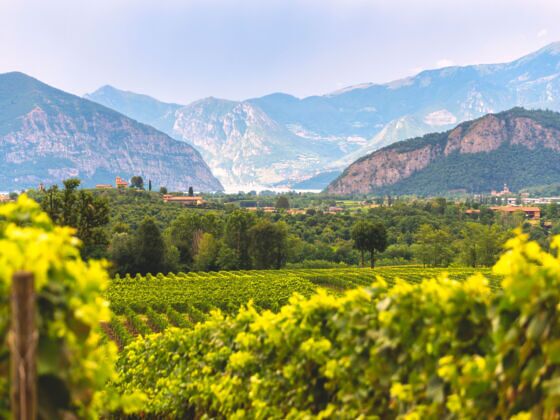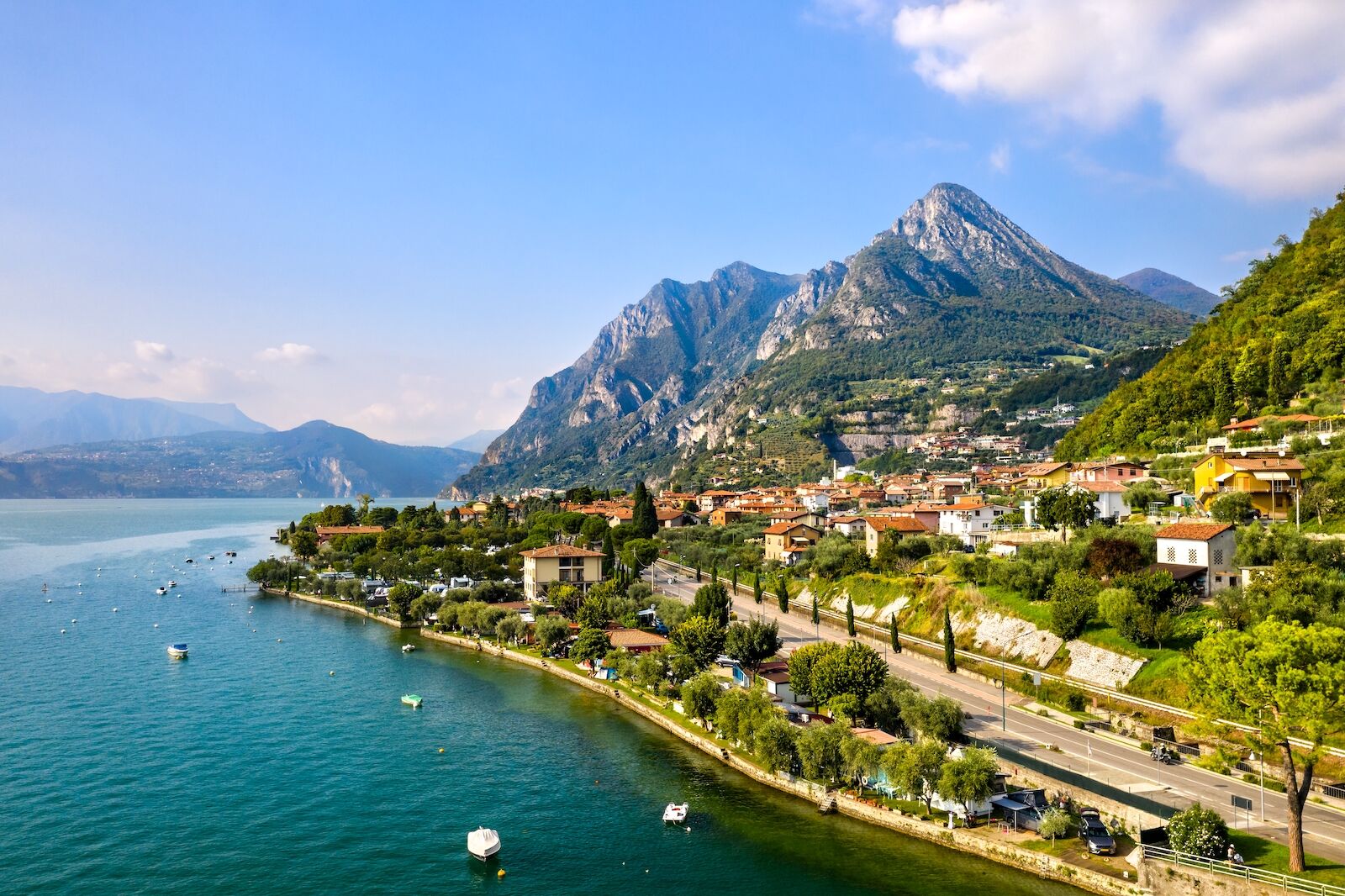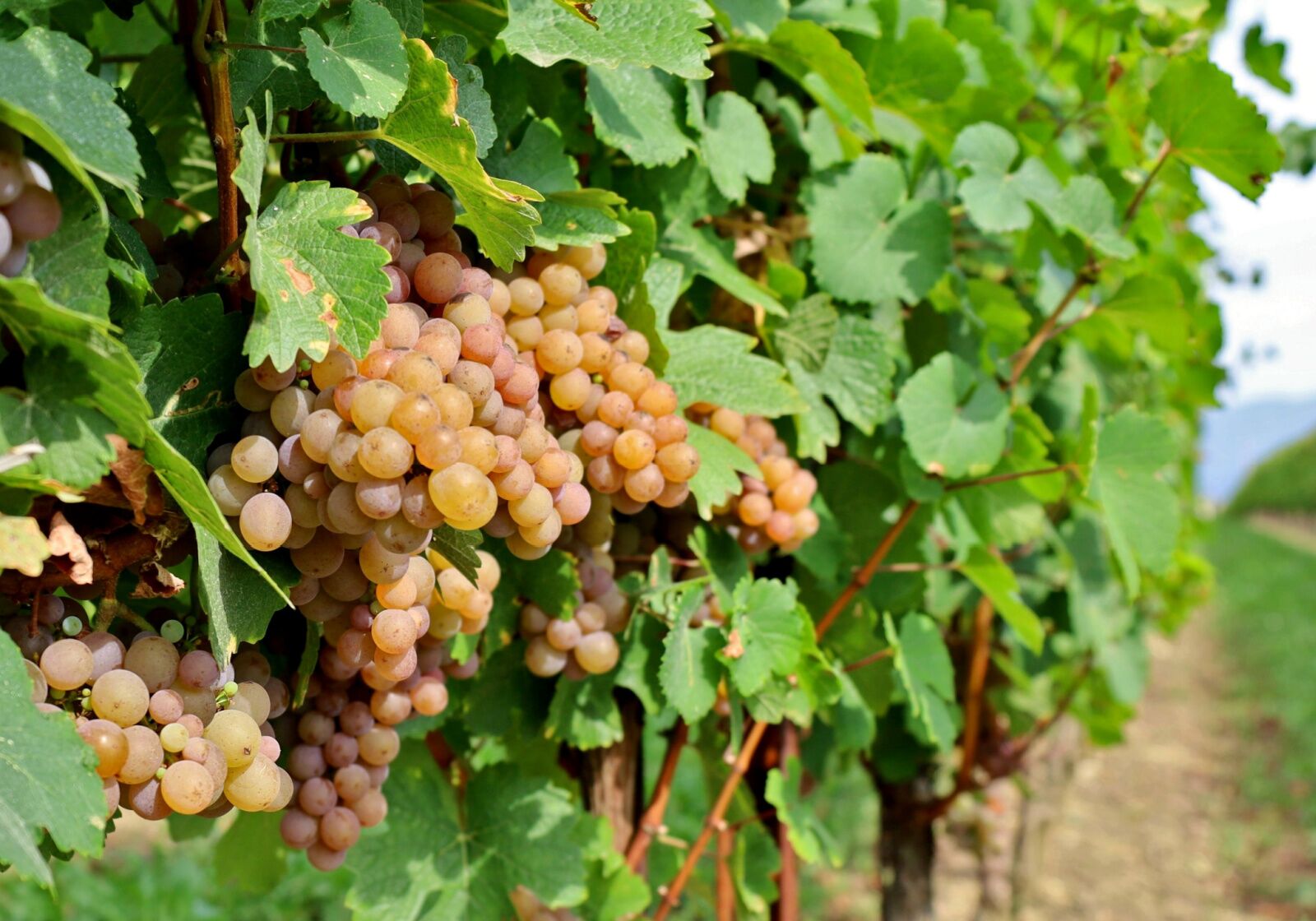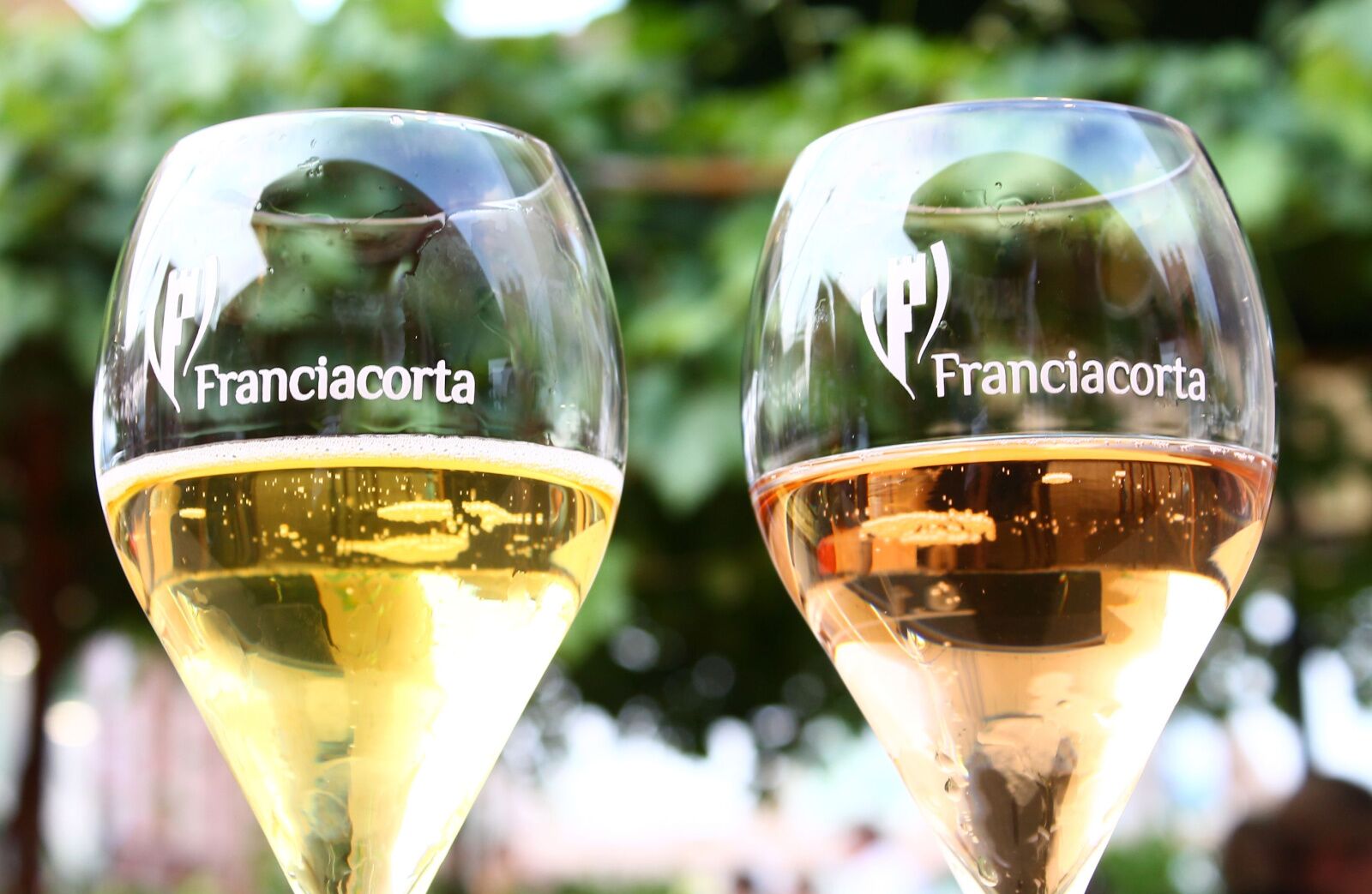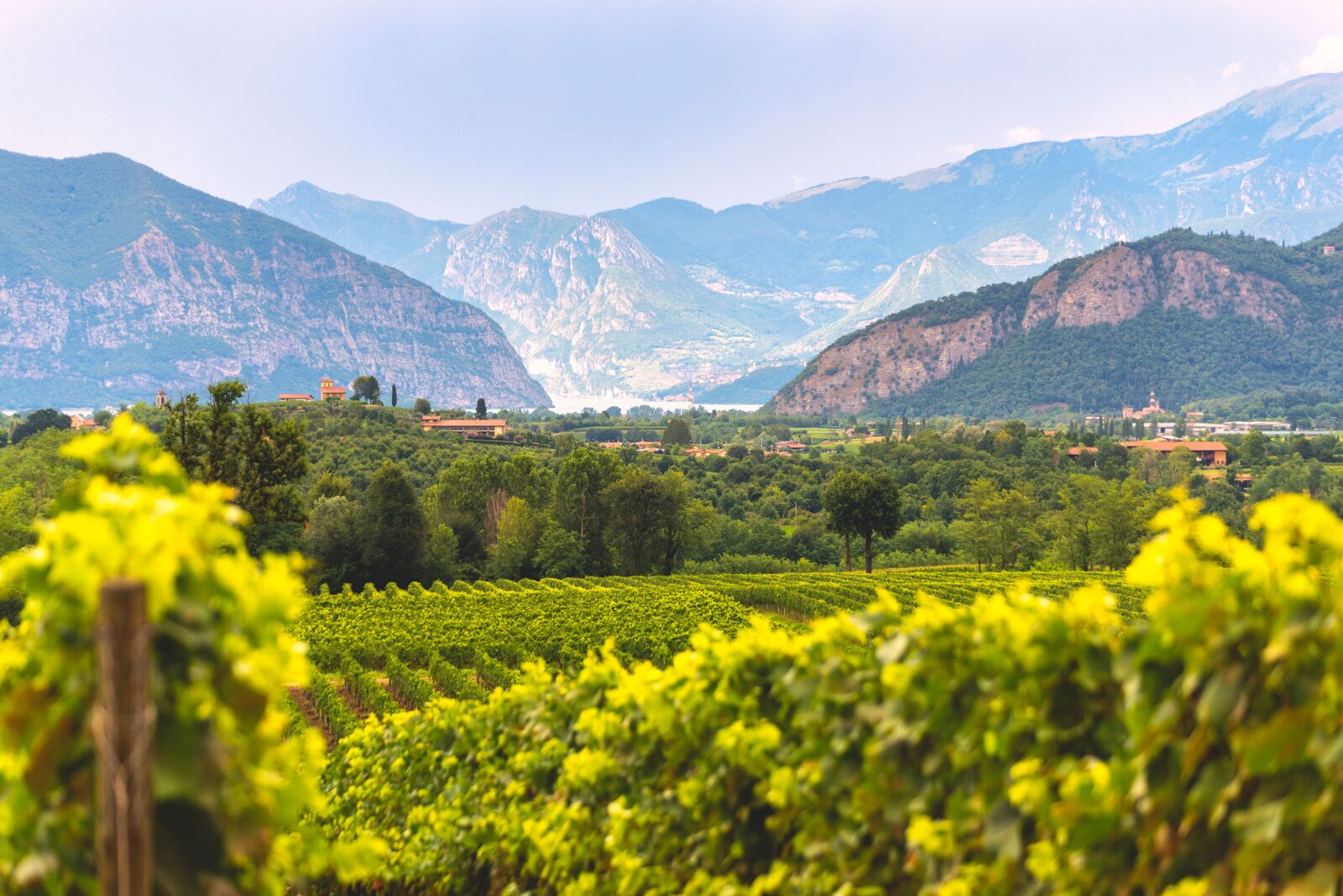The ever-changing climate of northern Italy can be inexplicable at times, with increasingly hot and humid summers — but the region has plenty of places to go for a respite from the heat in July. With endless mountain peaks and alpine lakes, it’s not too difficult to go from warm and sunny to breezy sweater weather in a short drive.
And like the region’s weather predictions, so too is Franciacorta wine full of juxtapositions in flavor. It’s a wine that has a soft and mild flavor, with complex undertones and aromatics born from the very climate it comes from.
